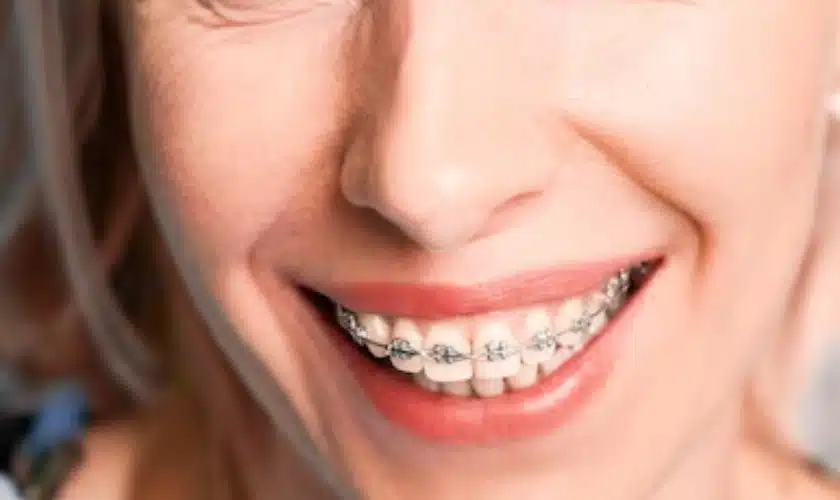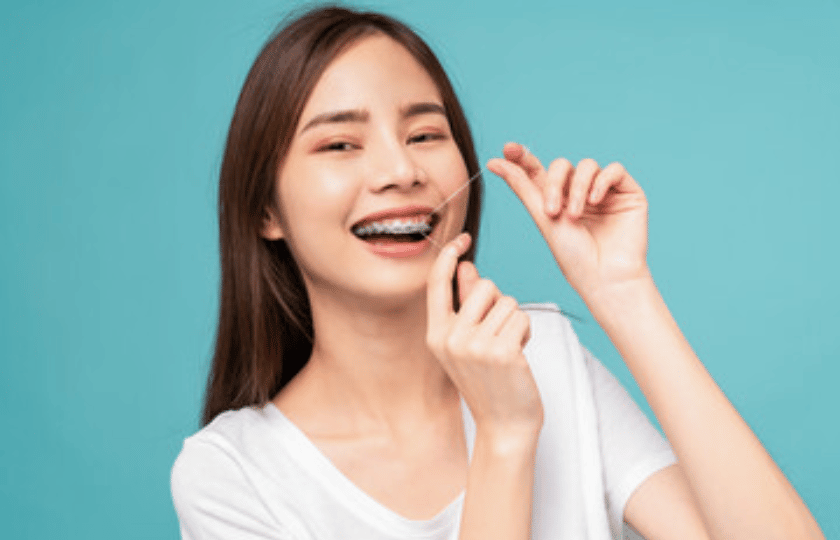
From Shy to Confident: How Adult Braces Can Boost Self-Esteem
Do you feel self-conscious about your crooked teeth or a misaligned bite? Are you hesitant to smile in public because of your dental imperfections? You’re not alone. Many adults struggle with insecurity and anxiety due to their orthodontic issues. But don’t despair! Adult braces can transform more than just your smile – they can boost your confidence and enhance your overall well-being. In this post, we’ll explore how adult braces can help you go from shy to confident and why investing in yourself is always worthwhile.,Introduction to Adult Braces
There are many reasons why adults may choose to seek orthodontic treatment, but one of the most common is a desire to improve their self-esteem. In our society, having straight teeth is often seen as a sign of success, health, and attractiveness. As we age, our teeth can gradually become crooked or crowded, making us self-conscious about our appearance.
Adult braces are an effective way to correct these problems and give you the confidence boost you need. Our practice offers various braces options for adults, including clear braces and invisible aligners. We will work with you to create a treatment plan that meets your needs and goals.
We encourage you to contact our office to schedule a consultation if you consider adult braces. During your consultation, we will happily answer any questions, and help you determine if this treatment option is right.
Benefits of Adult Braces
Adult braces come with some benefits that can help to boost self-esteem:- They can improve the appearance of your smile. It can be a huge confidence booster if you’re self-conscious about your teeth.
- They can correct any misalignment issues with your teeth. It can also help to improve the way your teeth look and feel.
- Adult braces can help to protect your teeth from future damage.
Different Types of Braces
There are many different types of braces that adult patients can choose from, depending on their needs and budget. Metal braces are the most common type of braces, and they are also the most affordable. Ceramic braces are made of clear or tooth-colored brackets, making them less noticeable than metal braces. Lingual braces are placed on the backside of the teeth, making them invisible from the front. Invisalign is a popular alternative to traditional braces that uses clear plastic aligners to straighten teeth gradually.
Braces can be an effective way to improve your smile and boost your self-esteem. If you are considering braces, talk to your orthodontist about which type would be best for you.How Wearing Braces Can Boost Self-Confidence?
Wearing braces can boost self-confidence for some reasons. First, when you have straight teeth, you tend to smile more. Smiling is one of the quickest ways to show confidence. Secondly, when your teeth align, you may feel better about yourself overall, increasing confidence in social and professional situations. Third, adults who have had braces often report feeling more attractive after their treatment is complete. This boost in attractiveness can lead to improved self-esteem and greater confidence in all areas of your life.Steps for Choosing the Right Type of Brace
Many different braces are available on the market today, and choosing the right type of brace for your needs can be daunting. Here are a few steps to help you choose the right type of brace for your needs:Determine what type of braces will best suit your needs. Many different braces are available, from traditional metal braces, to clear ceramic ones. You should consult your orthodontist to determine which braces best suit your needs.
Consider your budget when choosing a type of brace. Braces can be expensive, so it is important to consider your budget when choosing a type of brace. Metal braces are the most affordable option, while clear ceramic braces are typically more expensive.
Ask about insurance coverage. Many insurances plan to cover at least part of the braces cost, so be sure to ask about coverage before making your final decision.
Schedule a consultation with an orthodontist. Once you have determined which type of brace is right for you, schedule a consultation with an orthodontist to get fitted for your new braces!
Cost Considerations for Adult Braces
There are many cost considerations to take into account when getting adult braces. The type of braces, the length you need to wear them, and whether or not you have insurance coverage are all important factors.
The average cost of braces is $5,000 to $6,000 but can range anywhere from $2,500 to $10,000 depending on the severity of your case and the type of braces you choose. Metal braces are typically the most affordable option, followed by ceramic braces. Lingual braces (braces placed on the back of your teeth) and Invisalign (clear, virtually invisible aligners) are usually the most expensive options.
If your insurance plan covers orthodontic treatment, you will likely only be responsible for a portion of the total cost. However, checking with your insurer beforehand is important to know what is covered. Some plans may only cover a certain percentage of the total cost or have a maximum lifetime benefit for orthodontic treatment.
Financing options can make adult braces more affordable. Many orthodontists offer in-house financing plans with low down payments and interest-free monthly payments throughout treatment. Several third-party financing companies offer loans for dental procedures, including orthodontic treatment. Be sure to compare interest rates and repayment terms before selecting a financing option to ensure you get the best deal possible.
Frequently Asked Questions about Adult Braces
-How much do adult braces cost?
-Are there different types of adult braces?
-How long does it take to get results from adult braces?
-What are the side effects of adult braces?
-Do I need a referral from my dentist to get adult braces?
The cost of adult braces varies depending on the type and severity of the person’s dental issue. Traditional metal braces are typically the most affordable option, while clear or ceramic braces are more expensive. The time needed to achieve results also varies, but is typically shorter for adults than for children since adults’ teeth are already fully developed. Side effects from adult braces are usually minor and temporary, such as increased saliva production, discomfort, and soreness. In most cases, a referral from a dentist is not required to get adult braces.
Conclusion
Adult braces can be a great way to boost self-esteem and help people overcome the shyness often associated with misaligned teeth. Having straight teeth makes people look better and gives them more confidence in social situations. This article has provided useful information about how adult braces can improve your self-image and make you feel more confident. If you think adult braces may be the right choice, talk to your dentist today!

